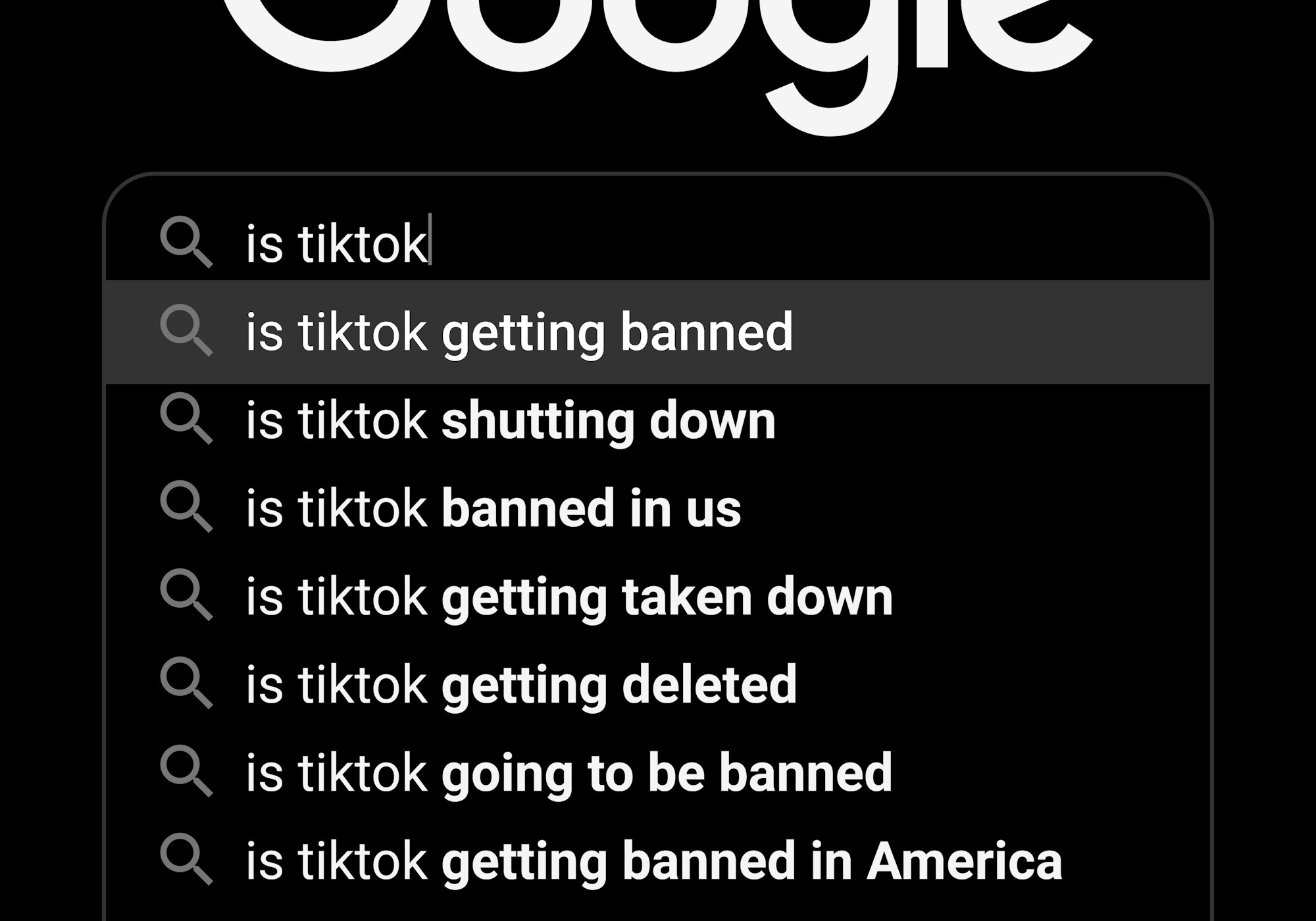The European Commission revealed in a press release dated 3 June 2021 its ambitious plan to create a framework for a 'trusted and secure European eID' (electronic identification) available to all citizens, residents and businesses throughout Europe. The proposal incorporates digital wallets which will allow users to link their national digital identities with proof of other personal attributes, including driving licences, diplomas and bank accounts. Users will be able to download a ‘wallet app’ to their mobile device where they can store and share specific documents with the click of a button.
Inside the wallet: the digital twin
The European eID is operated via digital wallets (EU Wallet) which will be available on mobile phones and other devices (just like Apple Pay, Google Pay and the likes).
The proposed Wallet aims to 'offer everyone the means to control who has access to their digital twin and to which data exactly'[1]. In other words, the system displays specific personal attributes rather than disclosing all the information contained in the relevant document. Therefore, by way of example, it would confirm that a user has met the minimum legal age to purchase alcohol or is the holder of a valid driving licence and not display other personal details.

Everything from identity to money. Yes, that's right. As a digital twin, the EU Wallet has the capability to store information provided by government agencies and trusted private sector sources. It can be used to confirm a user’s right to reside, work, or study outside their home Member State and when opening a bank account or hiring a car. Think of it like a physical folder where you keep all your official documents, such as your birth certificate, social security number, diplomas and etc. Moreover, it is envisaged that the EU Wallet would support other capabilities like e-signatures and filing tax returns.
EU citizens, residents and businesses may choose (but are not mandated) to have a digital identity that is recognised anywhere in the EU. This will enable users to identify themselves online (using one eID to access multiple platforms, including those requiring identity/age verification) and offline (for example, proof of age in a pub).
Something old
The technology behind digital wallets has been around for a long time. Back in 1997, Coca -Cola's vending machine with a built-in payment system allowed people to pay for their purchase via text message; Paypal made it easier and faster to purchase on eBay; today, we have Amazon 1-Click, Apple Pay, Google Pay.[2]
Not surprisingly, with social distancing measures and the emphasis on reducing physical contact due to the COVID-19 pandemic, mobile wallet adoption rose from 18.9 per cent in 2018 to 46 per cent in 2020, translating into 70.3 billion real-time payment transactions globally.[3]
Another reason for the rise in popularity of digital wallets is the convenience it offers to users and businesses to integrate loyalty cards, coupon programs, tickets, and the ability to make peer-to-peer transactions (think sharing your Uber ride or restaurant bill).
But the security features of digital wallets stretch further than reducing physical interactions in public and eliminating the need to carry a physical wallet. The software-based system underlying digital wallets saves your payment information in one protected, central location. Most digital wallets encrypt banking details and personal information, enabling users to make online or in-store transactions. They may even allow withdrawals from selected ATMs using a unique virtual number.
Some EU countries already offer eID, with 60 per cent of EU citizens in 14 Member States being able to use their national eID cross-border to access key public services. In France, for example, you can download the ‘La Poste’ app to create your eID. The system will ask you to take a snapshot or upload a copy of an official photo ID, and then you are prompted to record a video that will use facial recognition technology to match your face with the image in your document. This is usually done by artificial intelligence and assisted by humans if the system cannot confirm the resemblance.
The Commission notes, however, that since the eID part of the electronic identification and trust services initiative (eIDAS Regulation) entered into force in 2018, only 14 per cent of these services across all Member States allow cross-border authentication.
Something new
However, this is not exactly good news for online platforms offering users the ability to access third-party digital services using the same credential – such as Google and Facebook. The European choice 'will enable all Europeans to access services online without having to use private identification methods or unnecessary sharing of personal data. This will theoretically give users full control over the data they share.
In addition to the pledge of a 'trusted and secure' system that puts users entirely in control of their data, large platforms will be compelled to accept the use of EU Wallets where the user request so. For major online platforms, this means a curb on their ability to mine user data and online activity – ergo their ability to monetise it. However, how much of an impact this will have will certainly depend on users' uptake and adoption of EU Wallets as a means to access online platforms.
Furthermore, the proposal encompasses ensuing 'qualified certificates for website authentication' to boost user trust and protect the reputation of businesses by offering a certified guarantee of who is behind a website. Although voluntary, many online businesses are likely to adopt and benefit from digital certification.
Something blue
Driving public trust in digital services is markedly the Commission's vision for the proposed eID framework. The Commission argues that the eIDAS Regulation falls short of addressing the pandemic's acceleration of digital service adoption. The current proposal builds on that by addressing interoperability across Member States, mobile support and uptake.
Incorporating digital wallets in the eID framework can be seen as a step further in EU harmonisation – making it easier for EU citizens and residents to verify their identity and access commercial or public services wherever they are in Europe. In turn, it has the potential to stimulate digital activity throughout the EU single market.
The proposal sets out a recommendation for Member States to 'establish a common toolbox by September 2022 and start the necessary preparatory work immediately', with pilot projects introduced as soon as October 2022.
The Commission expects that 80 per cent of Europeans will be using an eID by 2030. There will likely be (technical) hurdles along the way, but it is too early to speculate on this without more information on technical standards, user privacy and security.
References
Alex Henson, 'Understanding Digital Wallets’ (Allied Wallet, 25 August 2017) <https://www.alliedwallet.com/understanding-digital-wallets/> accessed 08 June 2021
Business Wire, 'Global Real-Time Payments Transactions Surge by 41 Percent in 2020 as COVID-19 Pandemic Accelerates Shift to Digital Payments - New ACI Worldwide Research Reveals' (Business Wire, 29 March 2021) <https://www.businesswire.com/news/home/20210329005045/en/Global-Real-Time-Payments-Transactions-Surge-by-41-Percent-in-2020-as-COVID-19-Pandemic-Accelerates-Shift-to-Digital-Payments---New-ACI-Worldwide-Research-Reveals> accessed 8 June 2021
European Commission, 'Commission Proposes a Trusted and Secure Digital Identity for all Europeans' (3 June 2021) <https://ec.europa.eu/commission/presscorner/detail/en/IP_21_2663> accessed 08 June 2021
European Commission, 'Proposal for a Regulation of the European Parliament and of the Council Amending Regulation (EU) No 910/2014 as regards establishing a framework for a European Digital Identity' (3 June 2021) <https://digital-strategy.ec.europa.eu/en/library/trusted-and-secure-european-e-id-regulation> accessed 8 June 2021
Photograph 1: https://twitter.com/vestager/status/1400430440889135104?s=20
Photograph 2: https://ec.europa.eu/info/strategy/priorities-2019-2024/europe-fit-digital-age/european-digital-identity_en
[1] European Commission, 'Proposal for a Regulation of the European Parliament and of the Council Amending Regulation (EU) No 910/2014 as regards establishing a framework for a European Digital Identity' (03 June 2021) <https://digital-strategy.ec.europa.eu/en/library/trusted-and-secure-european-e-id-regulation> accessed 08 June 2021
[2] Bob Legters, ‘Consumer Ownership Of Digital Wallets Is Surging, But Will The Trend Hold?’ (Forbes, 19 May 2021) https://www.forbes.com/sites/boblegters/2021/05/19/consumer-ownership-of-digital-wallets-is-surging-but-will-the-trend-hold/> accessed 8 June 2021
[3] Business Wire, 'Global Real-Time Payments Transactions Surge by 41 Percent in 2020 as COVID-19 Pandemic Accelerates Shift to Digital Payments - New ACI Worldwide Research Reveals' (Business Wire, 29 March 2021) <https://www.businesswire.com/news/home/20210329005045/en/Global-Real-Time-Payments-Transactions-Surge-by-41-Percent-in-2020-as-COVID-19-Pandemic-Accelerates-Shift-to-Digital-Payments---New-ACI-Worldwide-Research-Reveals> accessed 8 June 2021







